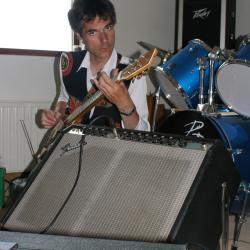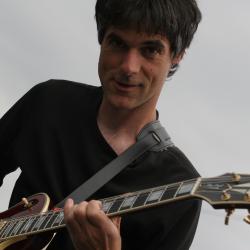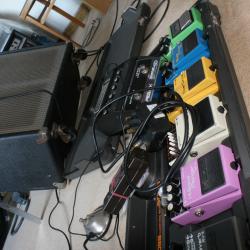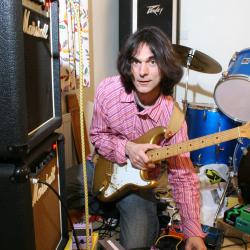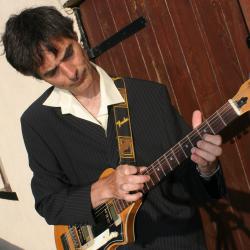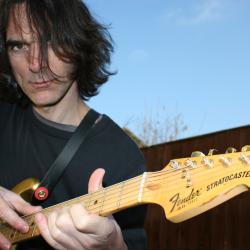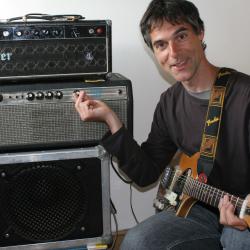For this article a few short tips on how to improve your slide playing.
Check out the video, most of what I will mention here is featured in the video as well.
What kind of Slide?
There are glass, bronze and metal slides. All of these do give you a different tone. Experiment with various ones to see which ones you like best. Slides also come in various sizes, same here, experiment to see which size you like best of all.
What finger should I use for wearing the Slide?
Wearing a Slide on your pink will leave your ring, middle and index finger free for playing. Using the Slide in this way will leave your other three fingers free for playing chords, riffs and other melodic ideas to enhance your Slide playing.
Position of fingers fetting hand:
Once you start using a Slide, keep your other fingers at all times muting the strings behind the Slide, doing so will give you a cleaner sound, it will also make your Slide notes sound fuller. Slide playing is all about getting a good tone, work on this and be as precise as you can during your practise sessions.
Using Your Fingers:
Play finger style as much as you can when you use a Slide, use only a plectrum when you must. If you do not yet use finger style it may be an idea to get some finger style playing underneath your belt. Check out some of the Slide guitar masters, most of them play using finger style as it tends to work better in combination with the Slide tonewise.
Getting Started with Easy Chord Shapes:
The “A” chord shape may be the easiest to start out with for your Slide playing. I do give you some playing examples in the video, try them to see if they work for you. Some of the most well-known Slide classics also use this chord shape, have a listen and check out some of those songs to see if your recognise the sound.
Once you have some basic Slide technique underneath your fingers work on creating your own Slide style.
One idea may be to play whatever you like without using the Slide and then try to incorporate the Slide into some of these musical ideas.
If you enjoyed this Slide lesson, why not subscribe to the channel? Please do not forget to like and share the video. Thanks!!
Eddie


